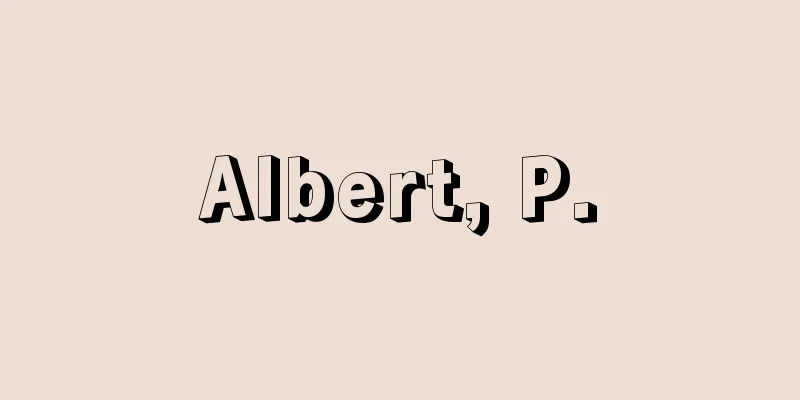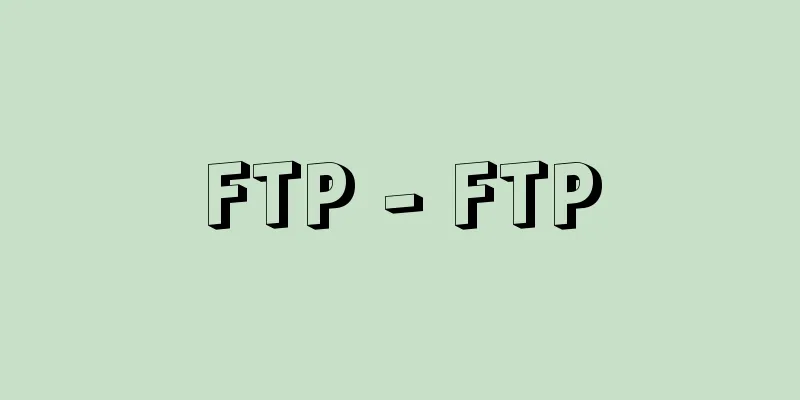Baby talk - Yojigo

|
Children's language has characteristics that are different from adult language in many ways. In terms of phonology, it is common to see the deletion or substitution of sounds, such as "ko-ki" (airplane) and "neto" (cat). In terms of syntax, it is common to see the deletion of particles, such as "boo-boo ouchi kaeru" (go home by car), and conjugation errors, such as "ko-kikunai" and "ki-re-kunai." In terms of semantics, it is common to see the phenomenon of generalization, such as calling all four-legged animals "inu." From the adult standard, children's language can be seen as a sign of immaturity in linguistic ability, but on the other hand, if we look at it as a communication system, it can be said to be a language with a certain regularity and its own unique organization. From this perspective, children's language is called baby talk, in the same sense as Japanese , English , etc. Psycholinguistics is a field of study that seeks to clarify the characteristics of such baby talk and, based on that, to approach the essence of language acquisition and language use. In the narrow sense, baby talk refers to a group of words with simpler sound structures used between young children and their caregivers, such as "wanwan" for dog and "nenne" for sleep. In this case, baby talk can be said to be one manifestation of vocabulary differences (phases) based on the social attributes of the speaker, just like women's language, student language, agricultural language, etc. [Toshiaki Suzuki] "Baby Talk" by Ai Okubo (included in "Japanese Vocabulary Course, Vol. 1", 1982, Meiji Shoin) Source: Shogakukan Encyclopedia Nipponica About Encyclopedia Nipponica Information | Legend |
|
子供のことばは、さまざまの面で大人のことばとは異なった特徴をもっている。音韻面では「コーキ」(飛行機)、「ネト」(猫)といった音の脱落や代置、統語面では「ブーブー オウチ カエル」(自動車で家に帰る)といった助詞の脱落や「好キクナイ」「キレイクナイ」などの活用の誤り、また意味面では四つ足の動物を全部「イヌ」とよんでしまうような汎化(はんか)の現象などのみられるのが普通である。子供のことばは、大人の規準からすれば、言語能力の未熟性の現れとみなすことができるが、しかし一方、一つのコミュニケーション・システムとしてみるならば、一定の規則性をもち、独自の組織を備えた1個の言語であるといえる。こうした観点から、子供のことばを、日本語、英語などと同じ意味合いで幼児語とよぶ。このような幼児語の特質を明らかにし、それに基づいて言語習得と言語使用の本質に迫ろうとする学問が言語心理学である。 なお、狭義には、犬を「ワンワン」、寝ることを「ネンネ」というように、幼い子供と養育者の間で使われ、より単純な音構造をもつ一群の語をさして幼児語とよぶ。この場合の幼児語は、女性語、学生語、農業語などと同じく、話し手の社会的属性に基づく語彙(ごい)の差異(位相)の一つの現れということができる。 [鈴木敏昭] 『大久保愛著『幼児語』(『講座日本語の語彙 第一巻』所収・1982・明治書院)』 出典 小学館 日本大百科全書(ニッポニカ)日本大百科全書(ニッポニカ)について 情報 | 凡例 |
>>: Style thunder - Yàng shì Léi (English)
Recommend
Flow - flow (English spelling)
Because liquids and gases do not have an inherent...
Aphrophora intermedia (English spelling) Aphrophoraintermedia
...In some regions, it is believed that fireflies...
There is a Wulingxuan - There should be a Wulingxuan
[raw]? [Died] May 29, 1788 (Tenmei 8). A miscellan...
Wallace-Johnson, I.
…In the second half of the 19th century, the Brit...
Oiso Hills
Also known as the Yurugi Hills. A hill in the sout...
Crow - Crow
A general term for birds of the genus Corvus , fam...
Cocoon drying
Dried live cocoons. Live cocoons can only be store...
Air circuit breaker
… It is necessary to apply a strong cooling and d...
Sending wolf - Sending wolf
...When a wild boar or deer jumps out of the moun...
"Indonesian Sociological Studies"
…He was also known for his administrative skills,...
King Carabela - Carabela-ou
...The centre of this region is thought to be Sis...
Yuan Shu; Yuan Shu
[Born] Shaoxing 1 (1131) [Died] Kaiji 1 (1205) A s...
Stable Price Band System
...The price of independently distributed rice is...
Once in a lifetime - Ichigoichie
A once in a lifetime encounter. A once in a lifeti...
Gochiami - Gochiami
A hand-held net used mainly in the Seto Inland Sea...









